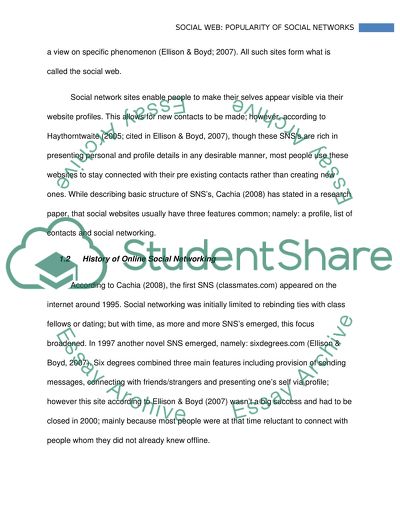Cite this document
(“THE SOCIAL WEB: POPULARITY OF SOCIAL NETWORKS Research Paper”, n.d.)
Retrieved de https://studentshare.org/information-technology/1390211-the-social-web-popularity-of-social-networks
Retrieved de https://studentshare.org/information-technology/1390211-the-social-web-popularity-of-social-networks
(THE SOCIAL WEB: POPULARITY OF SOCIAL NETWORKS Research Paper)
https://studentshare.org/information-technology/1390211-the-social-web-popularity-of-social-networks.
https://studentshare.org/information-technology/1390211-the-social-web-popularity-of-social-networks.
“THE SOCIAL WEB: POPULARITY OF SOCIAL NETWORKS Research Paper”, n.d. https://studentshare.org/information-technology/1390211-the-social-web-popularity-of-social-networks.


